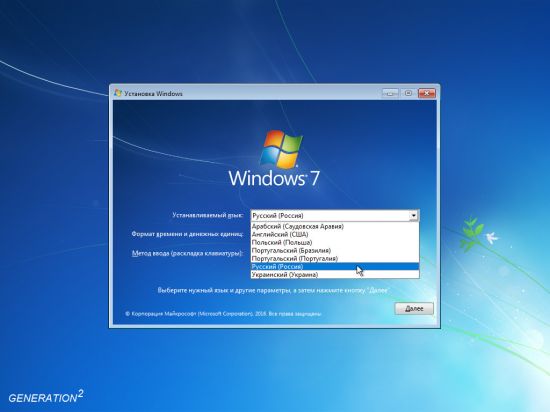

I searched all over the intertubes and couldn't find any good information, so I'm putting this out there.ĮDIT - this. I'm posting this Q&A here only so that other people who deal with WinFax Pro might have the information.

I wrote one wrapper method for each method and property in the typelib. The PhoneBook class is a wrapper on the IDispatch interface. String s = type.InvokeMember("GetUserGroupFirst", Public string GetUserGroupFirst(int flavor, string id) Throw new ArgumentException("WinFax Pro is not installed.") Var t = Type.GetTypeFromProgID("WinFax.SDKPhoneBook") QueryInterface call on the COM component for the interface with IID Type 'wfxctl32.CSDKPhoneBookClass' to interface type String id = pb.GetFolderListFirst(1, "") Įxception: System.InvalidCastException: Unable to cast COM object of The signatures don't look any more complicated than those in WinFax.SDKSend, but I keep getting exceptions. I haven't been able to invoke any of the methods on WinFax COM objects other than WinFax.SDKSend. NET (C#), via wrappers generated from tlbimport. I am able to successfully use the WinFax.SDKSend object from. WinFax Pro ships a type library, wfxctl32.tlb, that describes these various COM objects. WinFax Pro exposes its functions as COM objects: WinFax.SDKSend for the fax sxending engine WinFax.SDKPhoneBook for the address book, and so on. This isn't even 2 screens - it's one sheet of paper and one screen.Īnyway I'm trying to automate it and having trouble. This is like something We used to call "swivel chair" integration, but that referred to 2 screens. The way it works now is, someone looks at the (printed) schedule, generated from a Mac Calendar, then clicks on all the appropriate entries in the WinFax phonebook, to send a notification fax. They have customer fax numbers stored in the WinFax Pro "PhoneBook", and use it to notify customers of service visits. I'm working in an office that still uses WinFax Pro as an operational system. This is WinFax Pro, a separate commercial add-on app originally from Delrina, and later acquired by Symantec). (note: this is not WinFax.dll, which is apparently part of Windows.


 0 kommentar(er)
0 kommentar(er)
